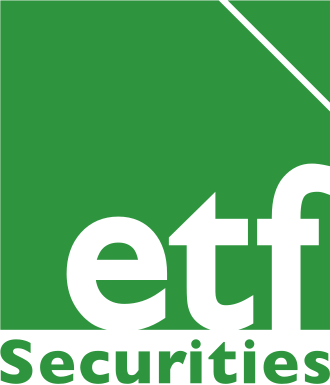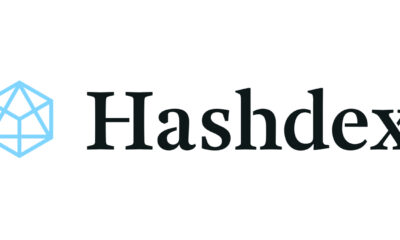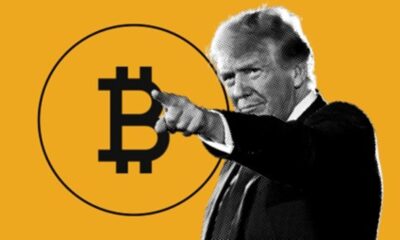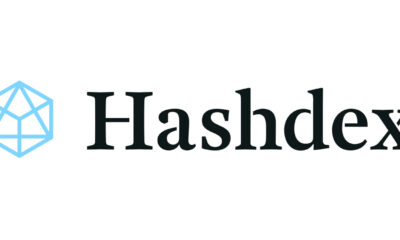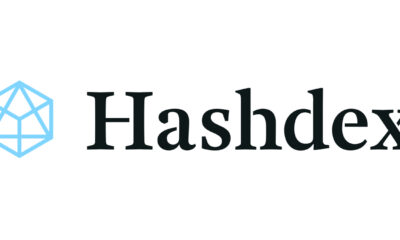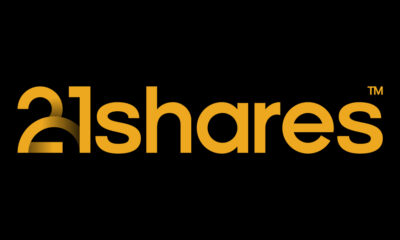ETF Securities Weekly Flows Analysis – Trump’s victory boosted commodity and stock prices
- Energy ETPs saw US$109mn inflows as investors anticipate higher demand in the US.
- Gold ETPs received only US$23mn amid mixed sentiment following Trump’s election victory.
- Investors cut their exposure to broad commodities to rotate into cyclical trades
Inflows into long oil ETPs rose to a 14-week high, led by US$89mn into crude oil. Investors are seeing buying opportunities after energy prices dropped to a multi-month low on the back of the election of Trump, who seems inclined to lift the quotas on the use of fossil fuels.
Gold ETPs received inflows of only US$23mn last week. The rise of long-dated US Treasuries yields coupled with a stronger dollar weighed on the price of gold last week. Gold fell below US$1250 per troy ounce, losing 5.1% on the week, suggesting risk-on sentiment returned to markets.
Investors withdrew US$25mn from EM local currency bonds ETPs as EM faced a technical sell-off in reaction to the rise of the US dollar. The sell-off in emerging market (EM) assets and currencies due to the appreciation of the US dollar and Trump’s threats to restrict imports appears overdone. If Trump’s threats to withdraw from the trade agreements, including the NAFTA, turn into actual restrictions, the US would face intense legal battles in the WTO. In our opinion, any abuse of power could prompt the Congress to narrow the delegations of power on foreign commerce. We maintain our long-term positive view on EM bonds in light of improving EM fundamentals and supportive valuations.
Investors reduced their exposure to broad commodity ETPs. Last week investors withdrew US$81mn from broad commodity ETPs, the largest outflow since October 2011. Risk-on market sentiment following Trump’s election as US President has reduced the attractiveness of broad commodities’ exposures as a portfolio diversifier. We believe investors are generally favouring more pro-cyclical strategies.
Profit-taking prompts outflows of US$22mn from industrial metals ETPs. Industrial metals prices are being boosted by strong equity market performances and the prospect of higher demand from Trump’s announced infrastructure investments. We believe investors generally took profits as prices reached multi-month highs, with the exception of copper. Indeed, investors continue to pour money into copper – which saw its largest inflows since July – while copper prices gained 10.8% last week.
What to watch this week. Investors will mainly focus on Eurozone GDP figures for the third quarter and inflation. Any acceleration in growth and inflation trends could pose risks to the anticipated expansion of the ECB’s quantitative programmes beyond March 2017 and cause the long-dated sovereign yields to sharply reprice higher.
Video Presentation
Morgane Delledonne, Fixed Income Strategist at ETF Securities provides an analysis of last week’s performance, flow and trading activity in commodity exchange traded products and a look at the week ahead.
For more information contact
ETF Securities Research team
ETF Securities (UK) Limited
T +44 (0) 207 448 4336
E info@etfsecurities.com
Important Information
General
This communication has been provided by ETF Securities (UK) Limited (”ETFS UK”) which is authorised and regulated by the United Kingdom Financial Conduct Authority.

 Nyheter3 veckor sedan
Nyheter3 veckor sedan
 Nyheter3 veckor sedan
Nyheter3 veckor sedan
 Nyheter4 veckor sedan
Nyheter4 veckor sedan
 Nyheter3 veckor sedan
Nyheter3 veckor sedan
 Nyheter4 veckor sedan
Nyheter4 veckor sedan
 Nyheter3 veckor sedan
Nyheter3 veckor sedan
 Nyheter4 veckor sedan
Nyheter4 veckor sedan
 Nyheter4 veckor sedan
Nyheter4 veckor sedan
